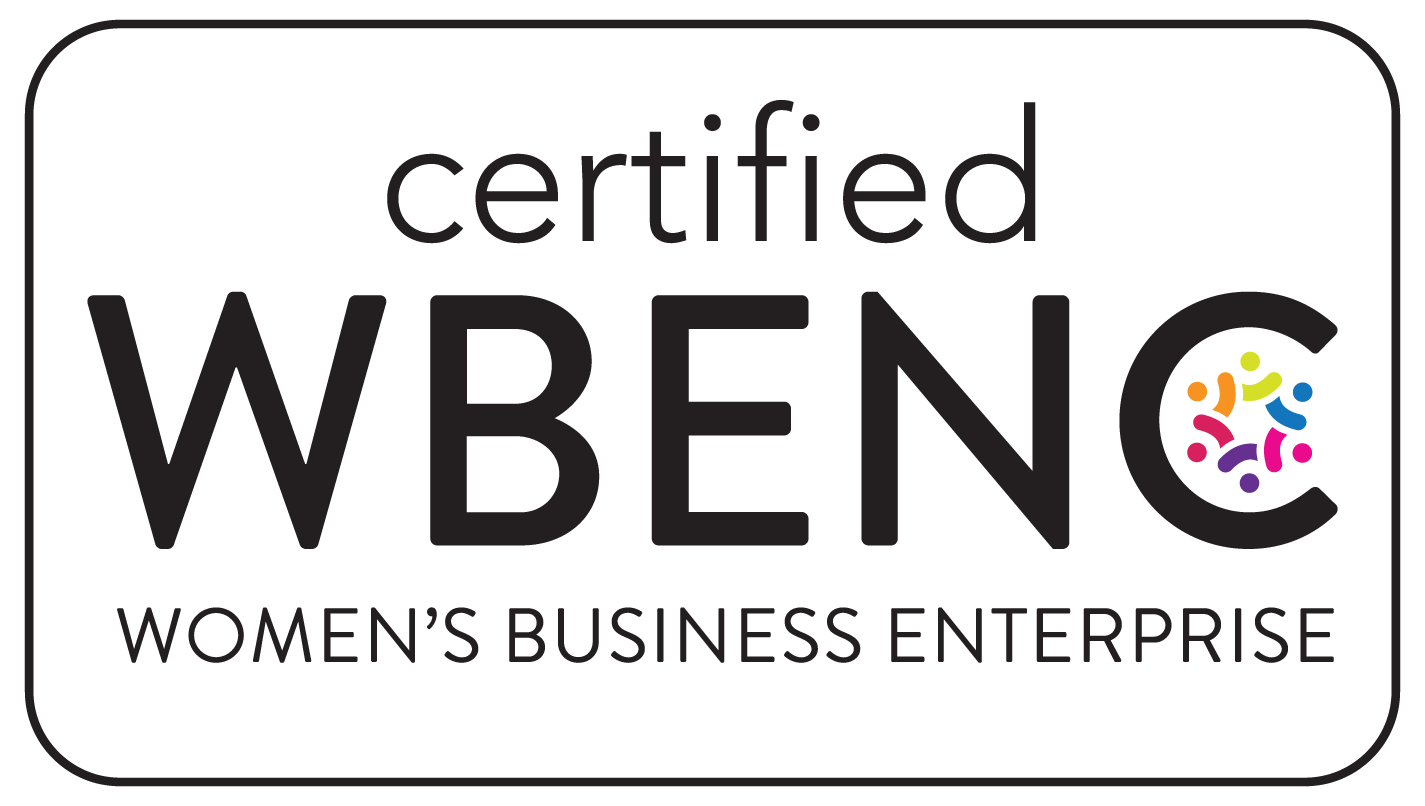Communications
Communications is critical to all functions and levels within organizations. It should be a constant, never stopping, even after a business transformation or lone project is completed.
How do you communicate with your respective audiences? Do you have a strategy or are your communications prepared and delivered randomly? Are you mindful to the communication channel?
Our Solutions
Communications
Communications is critical to all functions and levels within organizations. It should be a constant, never stopping, even after a business transformation or lone project is completed.
How do you communicate with your respective audiences? Do you have a strategy or are your communications prepared and delivered randomly? Are you mindful to the communication channel?
What We Deliver
In the increasingly complex world of work, employees need to quickly understand expectations, learn new skills, and adapt to organizational change. Communications is the key to the success of these initiatives. Communications planning, developing a communications strategy and executing on that strategy is critical to engaging with your employees.
CARA’s solutions include communications. Some examples of our communication deliverables include:
- Communication Strategy
- Communication Planning
- Change Communications
- Illustration and Graphic Design
- Technical Communication and Process Documentation
- Information Architecture
How We Did It
Converting Instructor-Led Training to an Impactful Virtual Learning Experience
CARA helped a global consumer packaged goods company upskill a distributed, remote team.
Rocketing Revenue Through Blended Learning
US Foods increased their revenue by 14% after implementing CARA’s blended learning solution.
Why CARA?
We have the honor of providing some of the world’s most recognizable brands with communication solutions, and we have been doing so for nearly two decades. In fact, over half of the Fortune 500 in Chicagoland turn to CARA to upskill their remote workforce. Our unparalleled commitment leads to a high level of client satisfaction.
Net Promoter Score
94%+
Years serving our clients
20+
Local Fortune 500 that choose CARA
51%

1. Schedule a consultation
Lorem ipsum dolor sit amet, consectetur adipiscing elit, sed do eiusmod tempor incididunt ut labore et dolore magna aliqua. Ut enim ad minim veniam, quis nostrud exercitation ullamco laboris nisi ut aliquip ex ea commodo consequat.
2. Work with our experts
Lorem ipsum dolor sit amet, consectetur adipiscing elit, sed do eiusmod tempor incididunt ut labore et dolore magna aliqua. Ut enim ad minim veniam, quis nostrud exercitation ullamco laboris nisi ut aliquip ex ea commodo consequat.
3. Develop a custom plan
Lorem ipsum dolor sit amet, consectetur adipiscing elit, sed do eiusmod tempor incididunt ut labore et dolore magna aliqua. Ut enim ad minim veniam, quis nostrud exercitation ullamco laboris nisi ut aliquip ex ea commodo consequat.
4. Execute, Measure and Improve
Lorem ipsum dolor sit amet, consectetur adipiscing elit, sed do eiusmod tempor incididunt ut labore et dolore magna aliqua. Ut enim ad minim veniam, quis nostrud exercitation ullamco laboris nisi ut aliquip ex ea commodo consequat.
But we don’t stop there!
The CARA Group doesn’t just focus on individual services. We take pride in our ability to develop customized solutions, which often involve several different services. If you have a need for virtual learning assistance, that’s great! But take a moment to review the other services we offer — you might find out we can help you in more ways than one.
